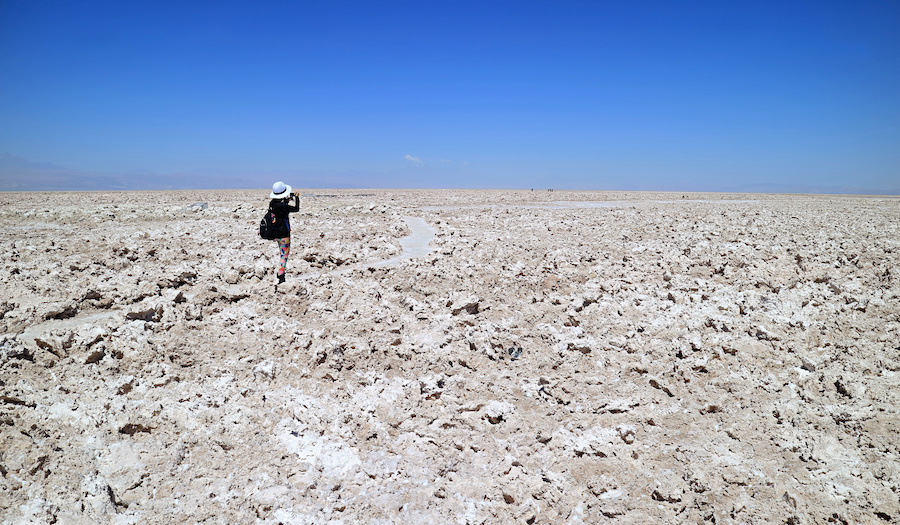
Goldman Sachs rattled lithium stocks after the investment bank declared the battery metals bull market “over for now”.
Goldman calls today’s lithium levels a “fundamental mispricing [that] has in turn generated an outsized supply response well ahead of the demand trend in focus.”
In this context, Goldman sees prices on a downward trajectory over the course of the next two years, with a sharp correction in lithium from today’s levels to an average of just under $55,000 this year. For 2023, the forecast is for an average price of just $16,372.
The widely quoted report prompted a sell-off in lithium stocks, with heavy losses across the board.
In North America, Livent was the worst performer – down 14% on the day followed by Piedmont Lithium, which lost 13.4%.
Heavyweights Albemarle and SQM gave up 7.8% and 5.1% respectively, but Ganfeng managed to contain the downside to 3.9% in Hong Kong.
In Australia, the damage was generally greater – led by Liontown Resources and Pilbara Minerals, both down around 20%. Allkem, Core Lithium, Lake Resources, Firefinch and Ioneer all declined by double digit percentage points.
After a pullback from record highs in April, lithium prices have now stabilised with Benchmark Mineral Intelligence’s price assessment pegging battery grade lithium carbonate (EXW China, ≥99.5% Li2CO3) at a midpoint of $69,450 per tonne for the past week, up slightly on the week before.
That’s still up 85% over the first five months of the year and compares to prices this time in 2021 below $20,000. Technical grade lithium carbonate was assessed at just below $65,000, up 1.5% for the week.
Benchmark said positive sentiment surrounding Shanghai covid-19 restrictions, which are planned to be incrementally lifted from June 1, is “set to see downstream demand return to typical levels.”
Comments
Wimal Samara
The Australian Lithium producers should include Mineral Resources (MIN.AU)